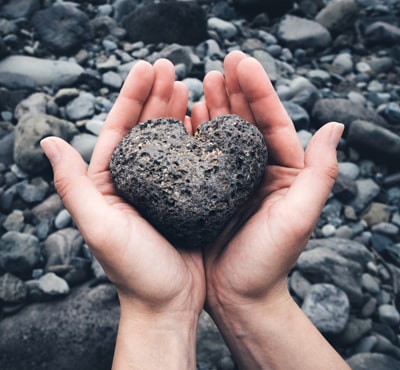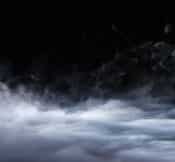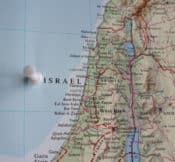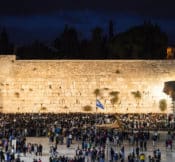Description
Do We Live in a Dark World?
Now that Chanukah – the Holiday of Light – is behind us, we are all that much more aware of the darkness around us. So many sad things happen daily that we cannot help but ask whether we live in a dark, cruel world, which promises little hope for improvement.
“The world breaks everyone,” wrote Ernest Hemingway, “and afterward some are stronger at the broken places.” Was Hemingway right? Does life break all people? And, if so, what hope can we have – if we’re lucky we’ll make it through, and if not, tough luck? Are we just victims of circumstances with no real control of our destiny?
The answer lies in this week’s Torah reading. With a twisted sense of cosmic irony, Joseph’s suffering illuminates for us one of the most powerful messages we will ever hear – that by facing the true nature of our dark existence, we access the deepest form of light.
Light and dark, day and night, joy and pain, ups and downs – this is the nature of existence. Life is all about cycles that orbit a broad spectrum spanning from the brightest light to the darkest gloom, and back again.
Life is not static. As much as we would like to just stop moving, the fact remains that the time and space we occupy is always moving, no less than the spinning earth beneath our feet. The secret to success in this world is to understand the nature of darkness that defines it and to make our peace with the cycles of light and dark in our lives and in the world around us. We must learn to swim and not fight the waves.
Two words describe the basic structure of existence: Light and dark. If we master these two words and search for them in all our experiences, if we recognize the cycles, they will become our friends instead of unknown, unexpected forces that flood our life.
How to Melt a Heart of Stone
It is a harsh world we live in, and our frequent response to it is to turn to stone. We have minds of stone (that do not admit the truth) and hearts of stone (that refuse to ignite our emotions). But how do we melt a mind or heart that has become desensitized and turned to stone?
In finding the answer – how to melt a heart of stone – we study the story of Joseph and his brothers who sold him into slavery. In this week’s Torah reading, the story comes to a climax, as Judah rises to the challenge that Joseph has posed, and in turn challenges Joseph. In response Joseph’s heart melts, and he reveals his secret identity. He weeps and hugs his brothers, forgiving them for what they had done.
It is a moving story. A dramatic story. A beautiful story of forgiveness and reconciliation. But what does it mean to us? What is the personally relevant message here?
It is a story that helps us unravel our make-up. It explains how our two inner dimensions – mind and heart, intellect and emotions, knowledge and action – dictate how we respond to challenge.
This sermon goes on to examine the role of challenge in our lives and suggests how best we can melt our mind of stone – which will lead to God melting our heart of stone – by being sensitive to and helping others.
Because sometimes the easiest way to help ourselves is by helping somebody else. Because caring about another person often brings out abilities and strengths that we didn’t know we had.







Reviews
There are no reviews yet.